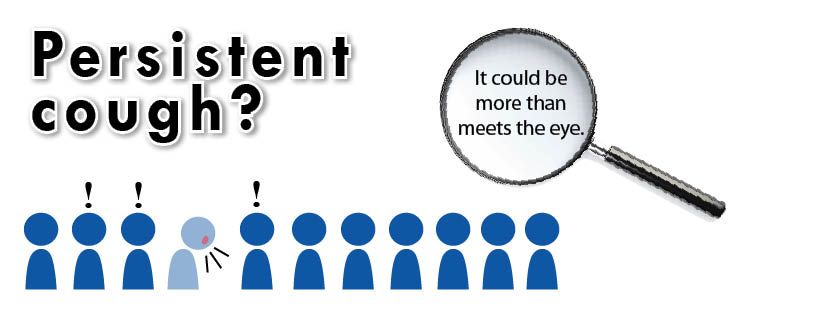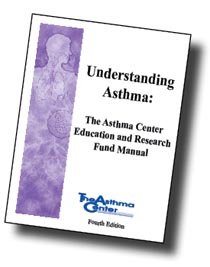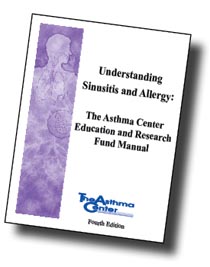Chronic cough

For most people, coughing remains nothing more than a common annoyance that may elicit a few neighboring head turns in a movie theater. No one wants to be the sick person, disturbing the sermon, study hall or yoga class, but we accept it and move on without a second thought.
In contrast, a persistent cough is a major quality-of-life issue. Coughing is a physiologic response meant to clear the airway of mucus, infections, foreign bodies, or irritants. However, when a cough persists for many weeks or months, it becomes a disabling medical problem that can lead to loss of sleep, muscle pain, fractured ribs, syncope, stress incontinence, and vomiting.
Not only do chronic cough sufferers lose sleep and miss work, but they endure exhaustion, frustration, embarrassment and frequent doctor’s visits. These factors are more than an inconvenience, and they warrant a comprehensive investigation. What the patient may not consider A persistent cough may signal an underlying disease. The correct diagnosis requires a comprehensive investigation—including an in-depth history and physical examination, pulmonary function studies, x-rays, laboratory studies, endoscopy, and specialized studies (e.g. allergy testing, methacholine challenge, 24 hour pH probe).
The presence of multiple pathological processes (e.g. asthma, GE relux and sinusitis) can cause interactions that resist treatment until all are successfully managed. Identifying the precise cause of a chronic cough can save a patient years of unnecessary discomfort. A respiratory defense mechanism Coughing is mostly an involuntary automatic reflex action stemming from irritation of the bronchial mucosa or the mucosa of the upper airway. If it lasts just a few weeks, the condition is labeled as acute coughing, usually due to viral infections of the airway, sinusitis, bronchitis, pneumonia, flares of asthma, or nasal allergy.
Sometimes, coughing results from irritation outside of the respiratory mucosa. For example—a persistent cough may signal inflammation of the pleura, a lung tumor, heart disease, or irritation of the external ear canal. Identifying the cause of a chronic cough—lasting longer than 6-8 weeks—can be difficult because of its atypical presentation.
However, only a correct diagnosis of the cough’s origin leads to successful therapy. Common causes Asthma. Chronic cough as the only sign of asthma is often referred to as cough variant asthma. It’s usually a dry, hacking cough that may worsen following exercise, talking, laughing or crying. Pulmonary function tests may be normal or reveal a mild obstructive pattern. When pulmonary function tests are normal, a positive methacholine challenge helps support the diagnosis of asthma. Such patients often have a dramatic response to asthma medications included beta agonists (albuterol), cromolyn sodium and or inhaled corticosteroids.
Non-asthmatic eosinophilic bronchitis. These patients have evidence of eosionophils in their sputum and often respond to corticosteroids. Their methacholine challenge is negative and distinguishes these patients as non-asthmatics.
Gastroesophageal reflux disease (GERD). It is thought that the gastric acid irritation of the respiratory mucosa stimulates the Vagus nerve, leading to a chronic cough. Treatment includes a proton pump inhibitor (PPI), inhibiting acid production and reflux by elevating the head of the bed, discontinuing smoking, losing weight and following a diet that doesn’t stimulate acid production. All of these treatments can decrease the cough.
Upper airway allergy (allergic sinusitis). This may lead to chronic post-nasal drip. Post infectious cough. It can last up to 6 months.
Chronic sinusitis.
Laryngeal reflux. Specific irritation of the upper airway from acid reflux.
Use of ACE inhibitors.
Chronic bronchitis.
Cigarette smoking.
Bronchiectasis.
Psychological causes. Cough is often resolved during sleep.
Unfortunately, it is usually a combination of causes that lead to the persistent cough, making it difficult to diagnose and treat. Let’s take, for example, respiratory allergy or sinus disease associated with post-nasal drip, underlying asthma and GERD. The post-nasal drip triggers the cough, and the GERD is worsened by the persistent cough, which intermittently raises intra-abdominal pressure, leading to increased acid reflux. Finally, post-nasal drip and GERD then irritate the airway, leading to activation of underlying asthma which in itself, worsens the cough. This sets up a pattern of an unremitting cough, unresponsive to treatment that is aimed at one or two of the underlying causes.All three entities need to be treated effectively in order to break this vicious cycle of chronic cough.
Which cough is yours? Recurrent, dry barking or hacking cough is typical of bronchospasm or asthma, while a wet cough may indicate the presence of bronchitis or lung infection. A dry, persistent cough may be the sign of an adverse reaction to an ACE inhibitor. This cough usually improves after discontinued use of the ACE inhibitor within days to weeks.
A cough that occurs after lying down may indicate post-nasal drip, sinus disease, GERD or asthma. In addition, the presence of clear sputum may accompany asthma, while yellow mucous may indicate bacterial infection.
If the patient has dyspepsia or heartburn, a persistent cough might indicate GERD as the underlying cause. Hoarseness could signal laryngeal disease, acid reflux, sinusitis, or side effects from steroid inhalers. A post-prandial cough may be a sign of GERD, or food allergy.
History of cigarette smoking may contribute to or cause a recurrent or persistent cough. Coughing associated with exercise, talking, laughing, or cold air exposure is often associated with asthma or chronic obstructive pulmonary disease (COPD). The very young or old, or individuals with neurological impairment may have issues with swallowing function and aspiration, leading to a chronic cough. History of pneumonia, tuberculosis, bronchitis or lung infections may be a clue to look for evidence of bronchiectais as the cause of a chronic cough.
Use of medication, such as ACE inhibitors, can cause a chronic cough, and beta blockers can lead to an asthmatic cough. Considering a patient’s occupation can lead to a diagnosis, such as mushroom pickers’ disease, which is a form of hypersensitivity pneumonitis. Finally, a cough that resolves when the patient is distracted or sleeping could indicate a cough of psychogenic origin.
Clinical signs and symptoms
Signs of allergy (swollen turbinates, conjunctiva inflammation, nasal crease), sneezing, itchy eyes can indicate allergic post nasal drip or may be a sign of allergic asthma. Physicians should investigate nasal obstruction, headaches, post nasal drip, anosmia, and other symptoms of sinusitis. Inflammation of the pharynx, and laryngeal examination revealing inflammation of the epiglottis and surrounding tissues points to GERD. The physician should also investigate for the presence of a foreign body in the external auditory canal (Arnold’s syndrome), as well as evidence of an arrhythmia (atrial fibrillation).
How coughing works
Chronic cough may be a sign of the airways’ response to:
- Altered mucus quality or quantity (bronchitis, sinusitis)
- Increased sensitivity of cough receptors (asthma, cigarette smoking)
- Inhalation of an irritant (GE reflux, neurological disease)
- Direct stimulation of cough receptors (e.g. tumors, thyroid enlargement, inhaled foreign body)
- Indirect stimulation of cough receptors (lung disease, heart failure)
- Psychological causes (e.g. cough tic syndrome)
Treatment is dependent on identifying the underlying disease process or processes. At times, there is more than one pathological process present at the same time (e.g. concurrent asthma, G.E. relux, and sinusitis). These three problems can interact leading to a persistent cough that does not respond to treatment until all three elements are successfully managed.
Investigative work for most adults & children
A comprehensive evaluation may include:
- Chest X-ray Allergy testing
- Nasopharyngolaryngoscopy
- Pulmonary function testing
- Methacholine challenge CT of chest and sinus
- Bronchoscopy
- Lab work: CBC, total eosinophil count , IgG’s, Sweat test, sputum analysis: gram stain, eosinophil count, and culture
- Upper GI, pH probe, esophageal endoscopy
Treatments
Antitussives: benzonatate, codeine, dextromethorphan
Protussives: guaifenesin, nebulized saline
Antibiotics (for bacterial infections)
Corticosteroids (oral or inhaled)
Bronchodilators
Ipatropium bromide
Effective treatment demands comprehensive management of underlying, defined disease processes. For bronchial asthma, this may include environmental control, corticosteroid brochodilators, immunotherapy, leukotrienes or Xolair. For GERD, treatments include diet control, raising the head of the patient’s bed, medication, or fundoplication. And for sinusitis, patients can benefit from antibiotics, sinus rinse, corticosteroids, surgery or management of underlying allergies.



